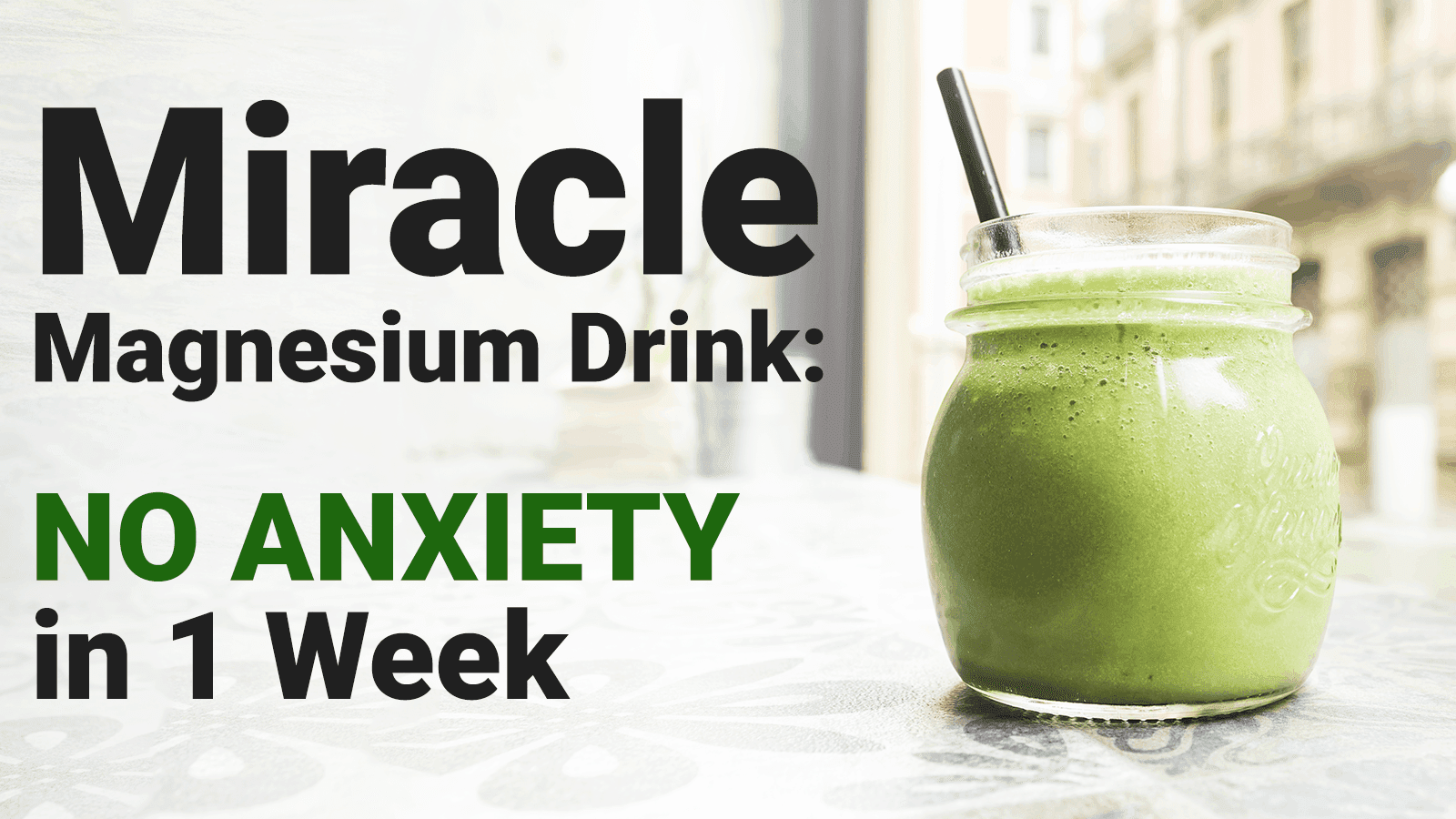Trying to let go after someone has hurt you is no easy task. However, this process encourages both resilience and self-confidence. Mastering techniques to let go of past relationship mistakes and forgive yourself is easier than it may seem.
The writer Lewis B. Smedes once said that “To forgive is to set a prisoner free and discover that the prisoner was you.” You are more than worthy of being set free! Above all, be gentle with yourself. Honor the time it takes to let go of a bad relationship and reflect on what you’ve learned. You’re much stronger for it.
Here are 8 ways to let go and move on after a breakup:
1. Adopt a Mantra
Try finding a phrase, or set of phrases, that you can repeat anytime you want to move on from a painful breakup. It’s a great way to let go of any previous difficulties and stay focused on the present. Some of these phrases can include reminding yourself that “I am still breathing” and that “I am strong.” These quotes affirm for yourself that you are able to let go.
2. Change Your Diet
The stress of a breakup can cause unhealthy eating habits. You don’t have to fall into that stereotype! Allow your emotional healing extend to the physical by avoiding junk food.
3. Practice Compassion
It’s right there in the Golden Rule, which has been found within almost every culture: “Do unto others as you would have them do unto you.” Don’t lash out because you’ve been mistreated, but that doesn’t mean being a doormat, either. Again, it’s about strengthening your sense of self-worth, which may have been damaged by the way your partner treated you.
4. Avoid Social Media
Hit that unfriend button and unfollow your ex on any other social media apps that you had in common. This is one of the most direct ways to let go of past relationships. Out of sight, out of mind! You might feel tempted to just do “one quick check” from time to time. Be disciplined and have someone hold you accountable if you feel yourself slipping and unable to let go of that habit.
5. Don’t Seek Them Out Offline, Either
This may be hard if you and your former partner met through hobbies that you both still enjoy, or if you share a workplace. However, try to minimize your time with them at these events as much as possible. Be civil if you do cross paths, but don’t go out of your way to interact. Let go of painful memories you may associate with those events. Take ownership of your experience; your ex can’t influence your enjoyment!
6. Take Time for Yourself
Breaking up can actually be quite freeing. You no longer have to answer for anyone but yourself. Recognize this freedom by making a list of everything you can do now that you’re single. This could be as small as renting a movie you’ve always wanted to see, or visiting a local museum that you love. It could also be a major life decision such as moving to a new city, or even a new country! A breakup might mean the end of a relationship, but you should also think of it as your new beginning.
7. Keep a Diary
It might seem counter-intuitive to keep a record of a painful experience. However, getting it all down on paper, or a digital journal, has mental health benefits. It keeps you from overthinking about what might have gone wrong. You have a clear visual of what your thought process was at the time, which can help you avoid making similar mistakes in the future.
8. Find a Support Network
This can take many different forms. It could be a professional, such as a therapist who’s trained to help you let go of past fears. Other networks could be more personal: friendships, family members, or other loved ones. That second category can strengthen connections that may have languished while you were in the midst of a toxic relationship.
It’s important to remember that moving on from a bad relationship is not always an instantaneous process. Don’t get frustrated if you’re not over it right away. However, adopting these suggestions can help you recover from a breakup more quickly.



 1. Willow Bark
1. Willow Bark 8. Cold Compress
8. Cold Compress Final Thoughts on Natural Pain Killers That are Scientifically Proven
Final Thoughts on Natural Pain Killers That are Scientifically Proven




